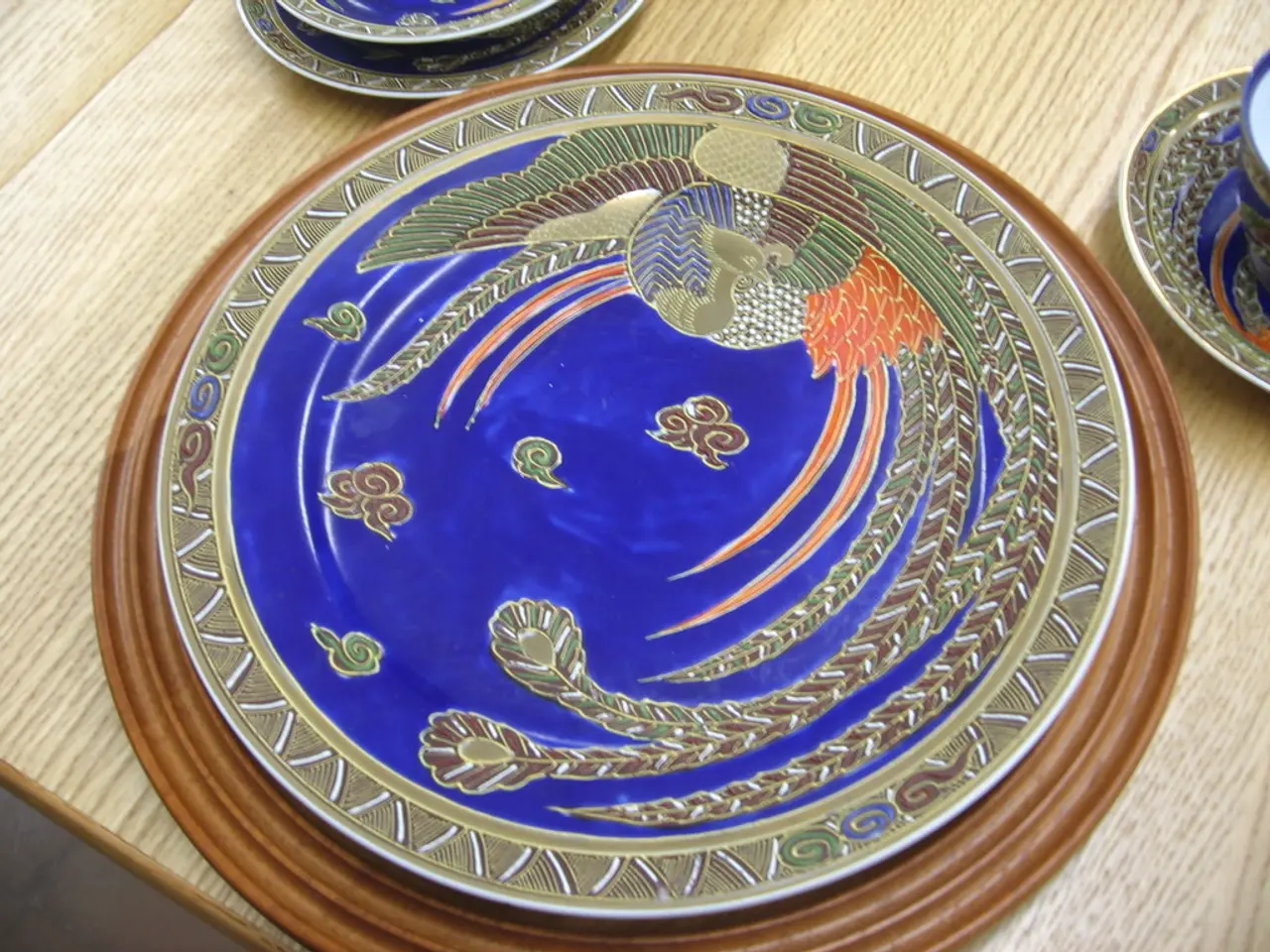Image adjustment and expansion or contraction using OpenCV in the Python programming language
In the realm of image processing, two essential techniques that play a significant role in refining, cleaning, and manipulating shapes within images are erosion and dilation. These morphological operations, primarily used in binary and grayscale images, help in noise removal, shape refinement, and feature enhancement.
Erosion is a technique that shrinks objects by removing pixels at their edges. It works by sliding a small kernel, known as a structuring element, over the image. A pixel is kept only if all pixels under the kernel are foreground (e.g., white in binary images). This causes the object boundaries to contract, removes small white noise, and can separate objects that are touching.
On the other hand, dilation expands objects by adding pixels at their boundaries. Like erosion, dilation slides the structuring element over the image, but a pixel is set to foreground if at least one pixel under the kernel is foreground. This causes the objects to grow and small gaps or holes to fill, thereby connecting broken or fragmented parts.
The structuring element, which defines the neighborhood and shape used to probe the image, plays a crucial role in the extent and nature of changes caused by the operations. The shape and size of this element can be adjusted to influence the impact of the operations.
In binary images, foreground pixels (often white) represent objects, and background pixels (black) are the backdrop. Erosion and dilation directly change the shape by removing or adding foreground pixels based on the structuring element.
In grayscale images, these operations are extended by applying minimum (for erosion) or maximum (for dilation) filters using the structuring element to adjust pixel intensity values, aiding in enhancing or suppressing specific features based on spatial structure.
These operations serve various purposes and effects, including cleaning noise, refining object boundaries, shape analysis and extraction, and image preprocessing. Erosion removes isolated foreground noise pixels, while dilation can fill small holes or gaps. Refining object boundaries makes edges smoother or separates connected objects. Shape analysis and extraction are used in object segmentation and detection to manipulate shapes in a controlled manner. Image preprocessing combines erosion and dilation (e.g., opening and closing) to enhance image quality before further analysis.
These techniques are essential tools for effective pre-processing and analysis in computer vision tasks with OpenCV and Python. Common choices for the kernel include rectangles or disks. With libraries such as cv2, numpy, and matplotlib.pyplot, the implementation of erosion and dilation can be easily carried out.
In summary, erosion and dilation are fundamental morphological operations used to probe and transform images based on shape characteristics, facilitating noise removal, shape refinement, and feature enhancement in both binary and grayscale images.
These essential morphological operations, erosion and dilation, are not only limited to image processing but also extend their significance to data-and-cloud-computing technology. For instance, a trie data structure could be considered as a form of dilation, where each node expands based on the similarity of the data elements it stores.
In the realm of education-and-self-development, learning about these techniques can bolster one's understanding of matrix operations and geometric transformations. This knowledge can be applied in various fields such as computer graphics, robotics, and even artificial intelligence.
Moreover, these operations can be implemented using popular programming languages like Python and libraries such as OpenCV and NumPy, providing an avenue for training and self-improvement in the domain of technology.




